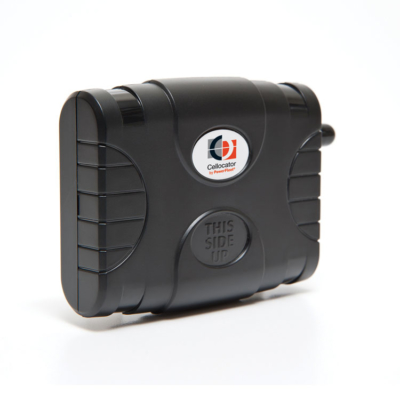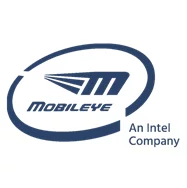- HOME
- »
- Solutions
- »
- FLEET MANAGEMENT
- »
- Vehicle Diagnostics
Vehicle Diagnostics
Real-time vehicle performance profiling – including engine temperature, oil pressure, fuel consumption, and more – is sent to the back-end to enable preventive maintenance, increase performance and decrease maintenance costs.
Understanding your vehicles’ “health” enables you to make crucial performance decisions, such as when to perform preventive maintenance, what actions to postpone until the next maintenance cycle, and whether a driver is causing any vehicle damage through poor driving habits. The answers to these questions can keep a fleet’s health in check and help maximize business uptime. The required actions can improve efficiency and prevent damage due to severe wear and tear.
Modern vehicles contain many microcontrollers that connect into a Controller Area Network (CANBUS), the biggest being the Engine Control Unit (ECU). CANBUS is a message-based protocol, used in the On-Board Diagnostics OBD-II vehicle diagnostics standard. After turning the vehicle switch and subsequently throughout a vehicle’s trip, the microcontrollers send status messages that are read, filtered, and analyzed. In the event an exception to certain thresholds or a sequence of contingencies is detected, a report or an alert is sent for intervention.
Our Vehicle Diagnostics Solution
The Cello CANiQ with its OBDII (On-board diagnostic) connectivity enables proactive vehicle maintenance and remote diagnostics. It can monitor engine performance and is a valuable tool for vehicle owners and technicians, as it supplies important feedback about engine maintenance needs. The unit also gives indication of potentially urgent repairs and provides a simple, quick, and cost-effective way to identify problems by retrieving Diagnostics Troubles Codes (DTC). An additional aspect of the OBD connectivity to the vehicle port is that it can also be used as a vital component of inspection and maintenance programs for reducing in-use emissions and cutting down on high-emitting vehicles.
Diagnostics Trouble Code (DTC) reporting is supported by J1979, J1939/71 and K-Line, and can be captured by the Cello-CANiQ. The capturing and reporting logic is able to detect any changes in the DTC state, as reported by the ECU or the various sensors in the CANBUS network. This means that any addition/deletion/change in DTC data initiates event logging and reporting to the backend.
Benefits
- Driver’s Checklist Automation – a vehicle’s condition can be monitored automatically using CANBUS data.
- Streamline Maintenance Scheduling – remote diagnostics information can be used to schedule oil replacement maintenance and brake checkups, and even precede maintenance according to incoming data.
- Increased Driver Safety – eliminates unexpected vehicle breakdowns and monitors usage of safety measures (seat belt, wipers, etc.)
- Lowered Fuel Costs – the monitoring of fuel consumption data combined with diagnostic information can identify inefficient vehicles that need professional tune-ups.
- Increased Vehicle Efficiency – the overall efficiency of a vehicle is greatly enhanced, with reductions in a vehicle’s wear and tear, improvements in uptime, fine-tuning of scheduling maintenance, and more.
- Real-time Vehicle Performance profiling – ensures that the engine temperature, oil pressure, tire pressure, power systems, and emissions keep the vehicle within operational boundaries.
- Diagnostics Trouble Codes (DTC) – enables filtering/analysis/alerting & reporting, therefore dramatically reducing repair costs.
- Prognostics & Preventive Maintenance – using big data analytics, you’ll know about a problem before it even occurs.
Bottom Line
Real-time vehicle performance profiling, including engine temperature, oil pressure, tire pressure, emission, and fuel consumption, is sent to the back-end with the Diagnostic Trouble Code (DTC) to facilitate preventive maintenance. This enables an immediate reaction upon failure detection and can dramatically reduce repair costs. In addition, it allows the workshop to receive advanced data regarding the vehicle’s health status and in turn, helps fine-tune the periodic maintenance work. Furthermore, it facilitates the daily vehicle checklist which is usually done by the driver and now can be partially or fully automated.















